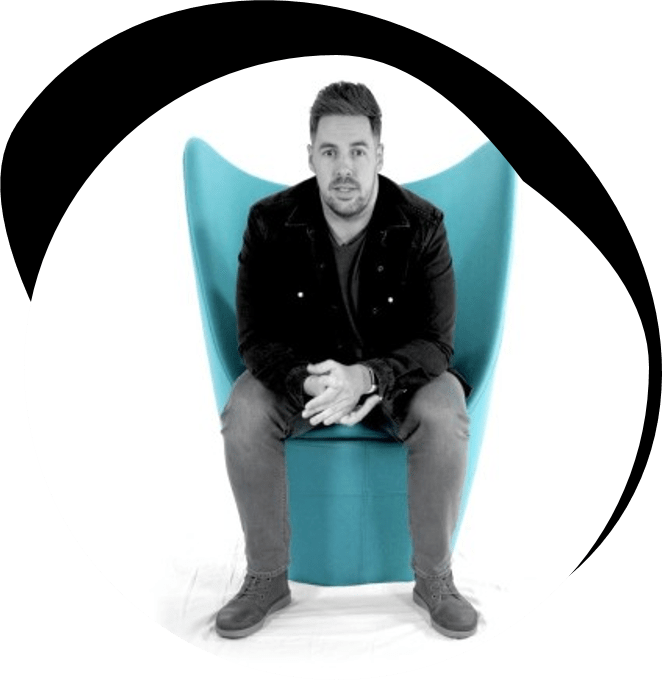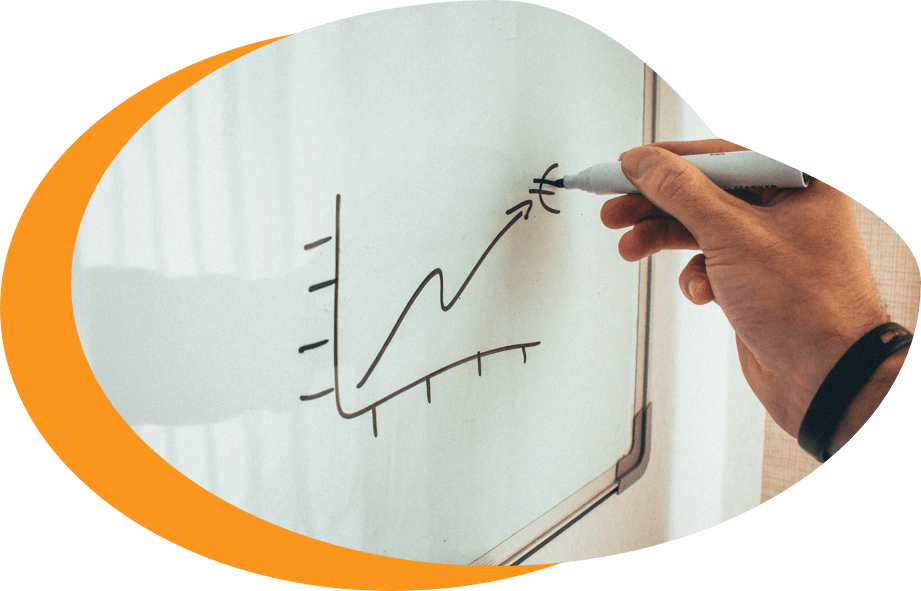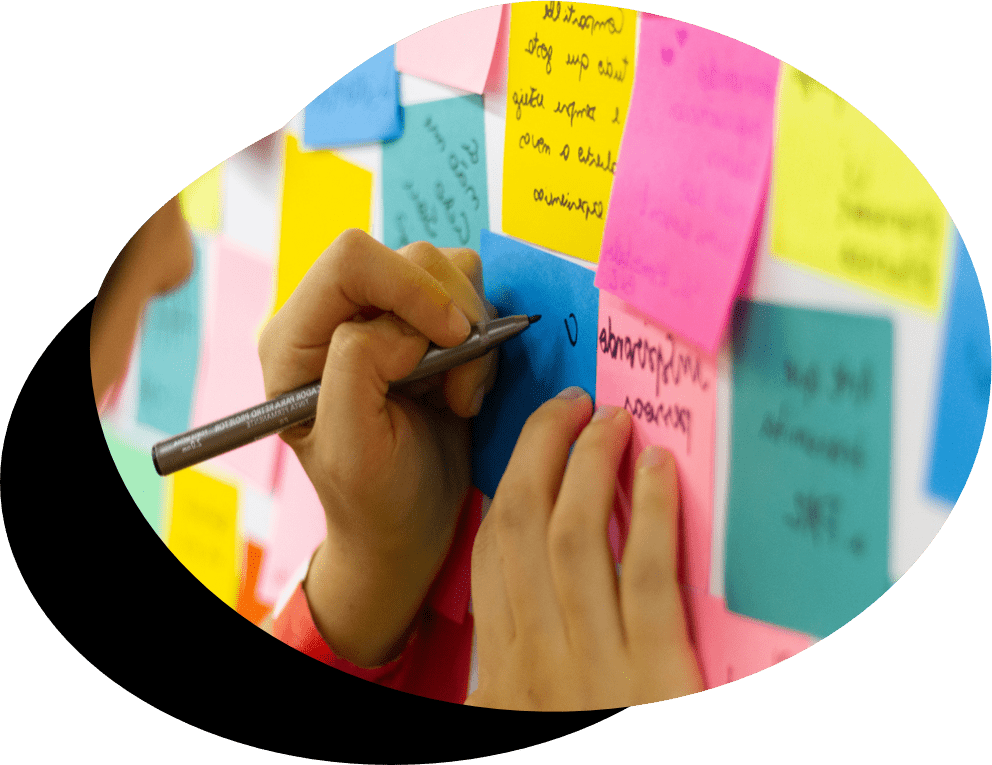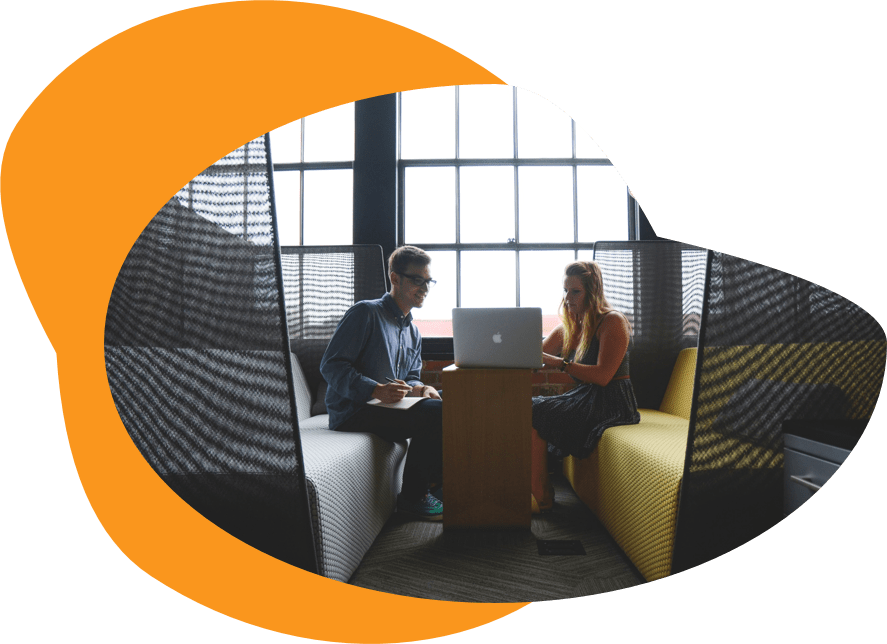
Welcome to the inaugural 5 Things!
At FEATUR Labs we love all things learning. We’ll be regularly sharing 5 Things On… five questions on topics we want to know more about answered by thought leaders from around the world.
In 5 Things On… this time Sam Moody was joined by Danny Seals, Director of Design & Experience at GP Strategies Ltd. Danny is a Design Strategist who pulls from various aspects of design, such as service design, HCD and experience design. His awesome podcast, Mindchimp, challenges the status quo of design and its application in the modern workforce.

So, Danny, what changes have you seen 2020 cause in learning and development?
I think this is a really good question because the more things change, the more things stay the same. There’s a bigger nudge now for digital first, which has been that way for a while, but Covid has changed the interpretation of what that means and sped things up. There are a couple of things I’ve seen.
Firstly, it used to be that when you used video for digital or virtual sessions there was a 90 minute limit. In fact we have a lot of data now that indicates as long as 3 hours works, provided that the design is right and it isn’t just a lecture.
We’ve also found that when you do virtual sessions it’s about mixing the digital with the physical. So even though tech is an enabler, people are still in physical spaces. Bringing those spaces to life is how we extend the virtual experience.
That means we are moving away from one hour sessions of discussion and further into resources for performance support. For example, if someone needs to change a lightbulb they don’t go and spend hours learning, they watch a few seconds on a video. And that’s how we’re thinking about learning now; what resources do I need to give our learners when they hit a problem and what value can we give them quickly to get them over the tripping point really fast.
Essentially we’re moving towards experience rather than thinking about just learning.

If you were going to recommend one topic that everyone should learn more about what would it be?
My one topic is to learn more about is you, in yourself. Ultimately it’s about where you are in your journey. I could be further ahead of someone or further behind. So you need a scan to know your current strengths vs where you need to develop and what do you really love doing vs what you hate. The things that you’re weak in doesn’t mean negative, they are areas of development.
A lot of what I do is about the world of culture and experience, and I look at that through a design lens rather than a learning lens. I think when we met before I talked about liberating yourself from the word learning. So for me it’s looking at different ways, different designs, and designing your way of thinking to understand problems from that perspective.
So much is about changing behaviour. Ask five people around you, what do they perceive you as being really good at and what do they not? You’ll find some really interesting feedback.

What do you predict the next trends in learning will be?
I think in 2014 I put a post out about invisible learning as the next trend. And I still think that’s true. We learn invisibly anyway, all of the time and without thinking about it. So when people return to work the digital breadcrumbs we create will become more important and I think we’ll be able to use that data and to make data informed design decisions around the future of work and learning.
I had this idea about Microsoft taking over the world of learning, I say that because we all use Microsoft products and a lot of people moved onto Teams at the start of Covid. Now I believe in fish where the fish live, and right now all our fish are living in Teams so it makes sense to be where they are and enable them at the point of need in the flow of work.
The more we can use data and fix real problems, the more we can align to the business and move from a reactive approach to a proactive approach, look at Microsoft Wellbeing. It’s getting really clever, if you read into it you can actually start seeing if you’re heading into burn out. I think it’s inevitable that Microsoft brings in LinkedIn Learning and integrates a similar approach for learning.
Some of the things we’ve been using recently with clients is performance support, like a mobile coach. A few years ago we created a chatbot that sat over a full LMS. People could ask questions and it would pull from the LMS and other platforms. From an experience perspective it created a connected space and a wider ecosystem with only a single interface linking different platforms, which comes back to what I talked about earlier in understanding that tech is an enabler and the design has to consider the physical environment.

How can someone looking to further their career identify the best options for learning?
Don’t get involved in learning. I know it sounds bolshy, but hear me out. I think there are two kinds of people: those with a traditional approach to learning and those who understand learning but pull from other areas and industries.
The most important thing anyone can do is look at things with a learning perspective, but with other lenses because the future is wicked problem solving. Look at how people from different walks of life approach problems. Get a bigger tool box and think creatively about problem solving. Learning now is about business output and strategy.

What would you say to L&D people about 2021 and beyond?
We live in a world where we don’t know what’s coming next.
I do think it will be an interesting year if we assume we get people back to work. We know, in a recent survey of about 1500 people, that a majority of people wanted to split home and office working. And, interestingly, 98% did not want work to be the same after Covid – which tells you how unhappy people have been about work.
In my view we’ll have two camps of businesses; one that goes to command and control, and one that will be more agile and caring about their people. Navigating those differences will have a huge impact on people and I think what we might see is that time in the workplace is used more valuably.
To sum it up; people will use time better when in a workplace, and we’ll see better leadership and worse leadership.
I also think there will be a big piece about enabling leaders to have difficult conversations with people who have spent a lot of time at home and adjusted and now are faced with being in the office full time. It’s a tricky conversation.

It’s an extra question, but on that note: I often see people really struggle to give good feedback. What’s your experience?
I do think people struggle. In my team I’ve codified feedback so every team member has a ‘user manual’ of how they like to receive feedback. I use COINS personally – Connection, Observation, Impact, Next Steps. It helps really break down what’s happened and how to move forward.